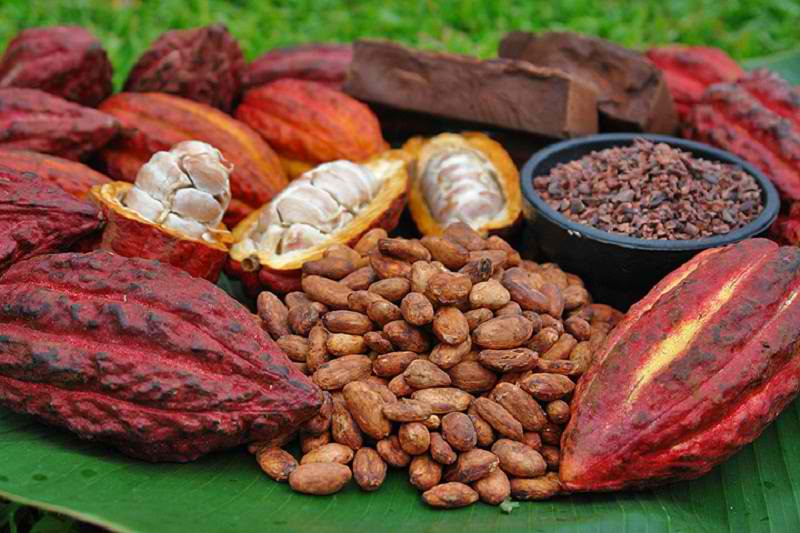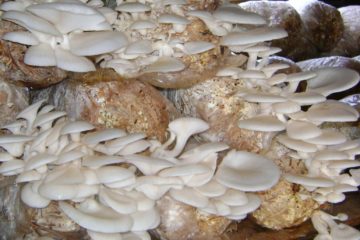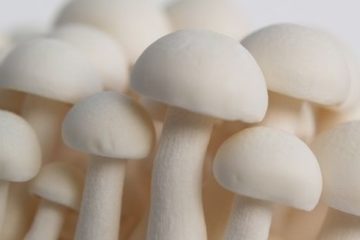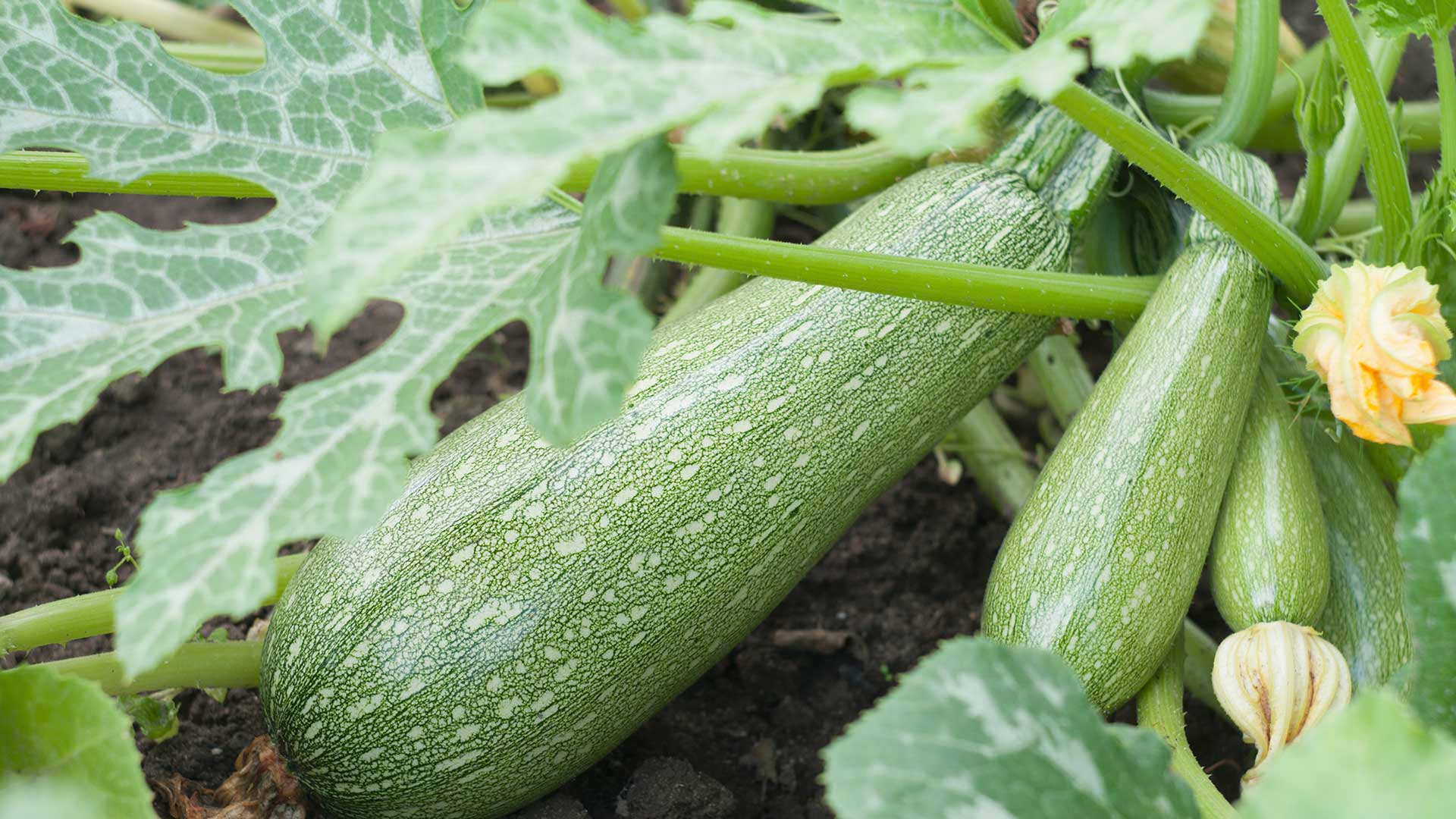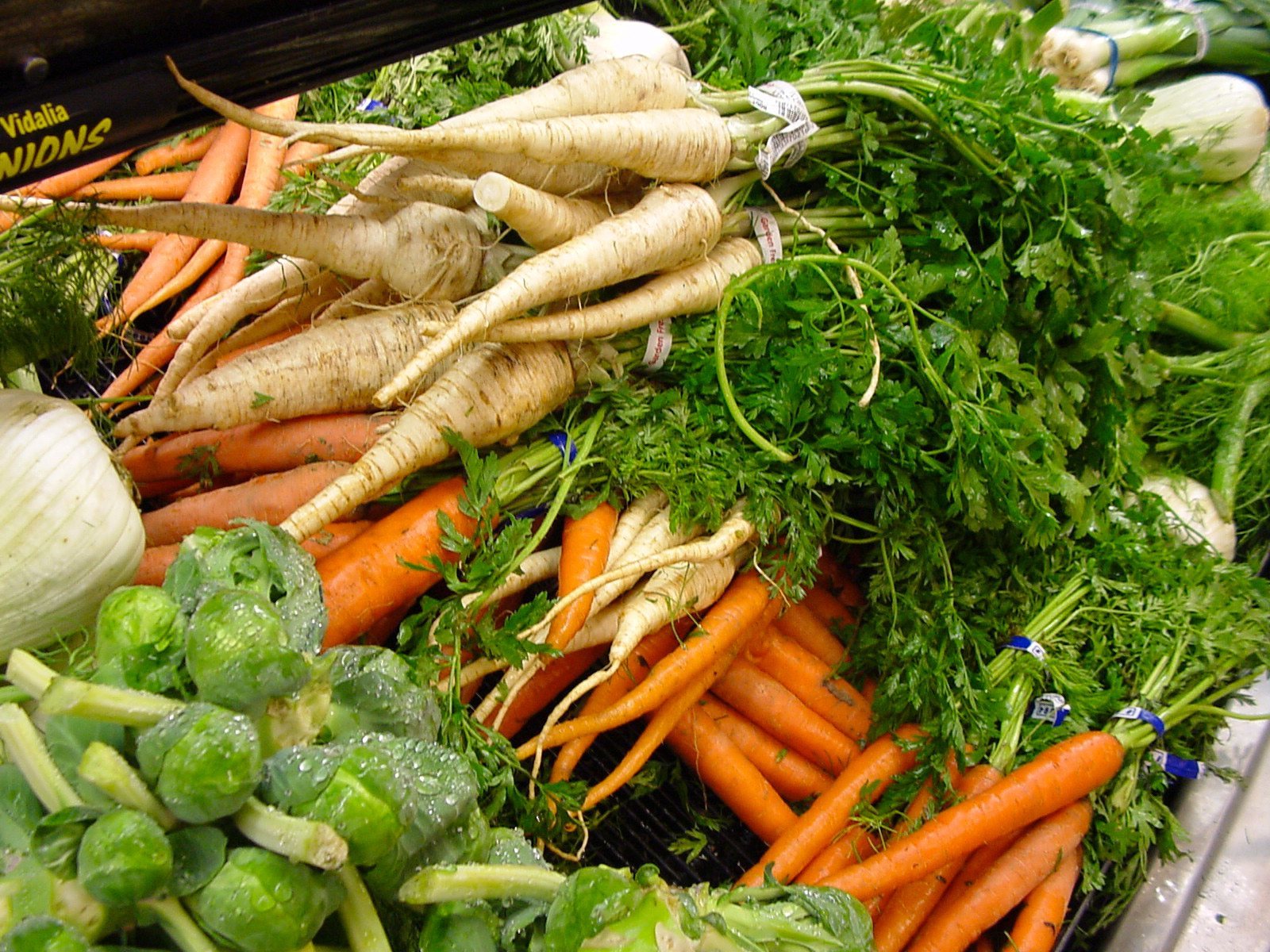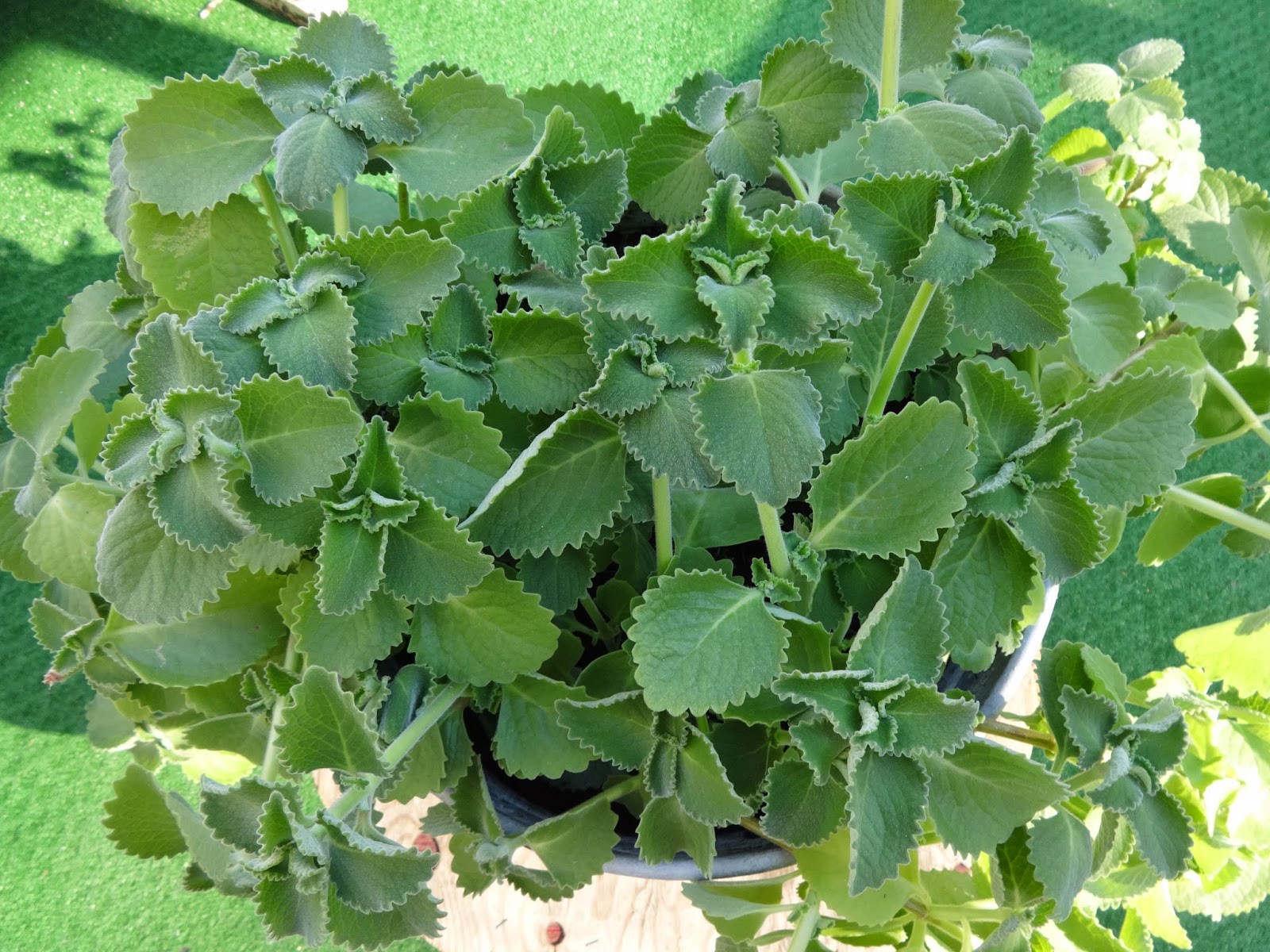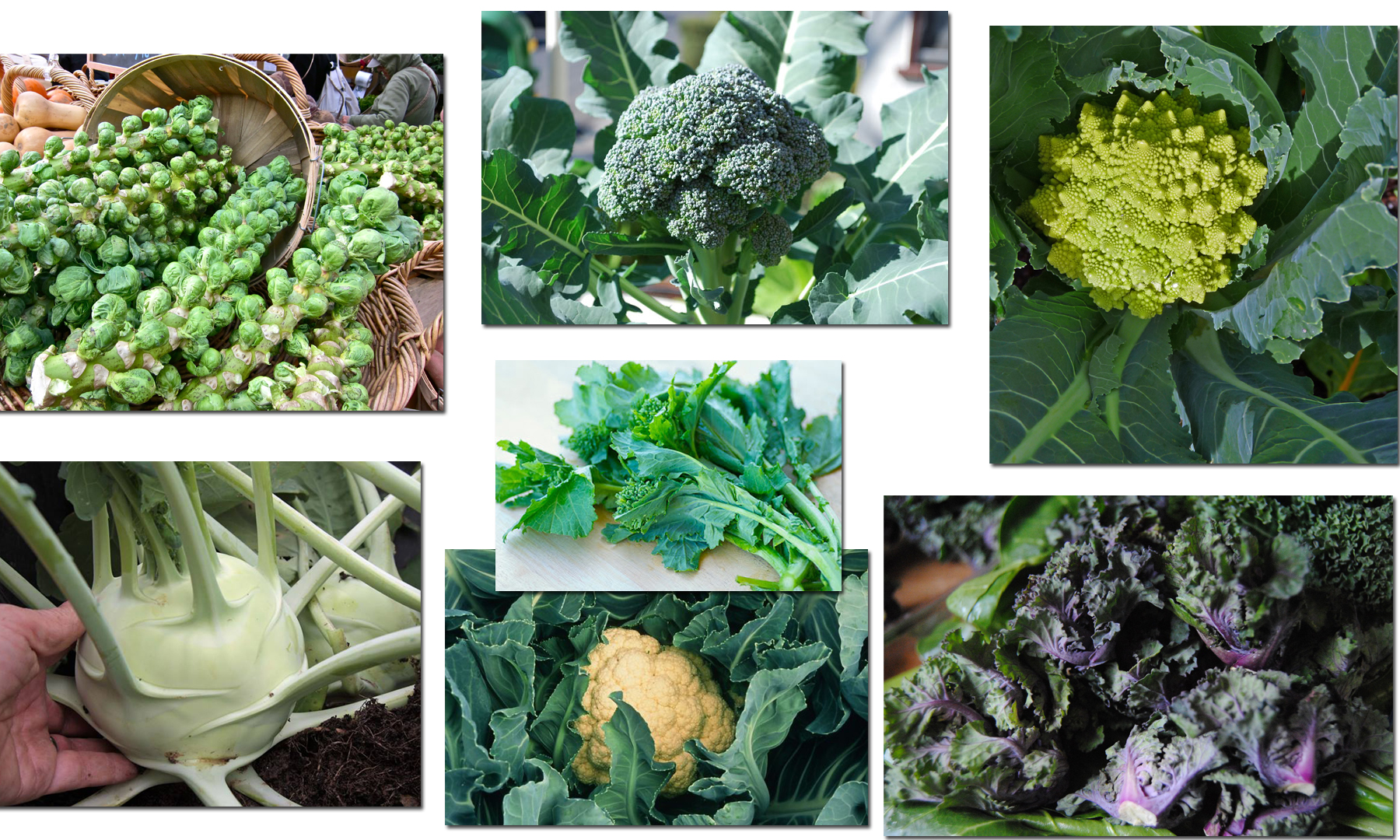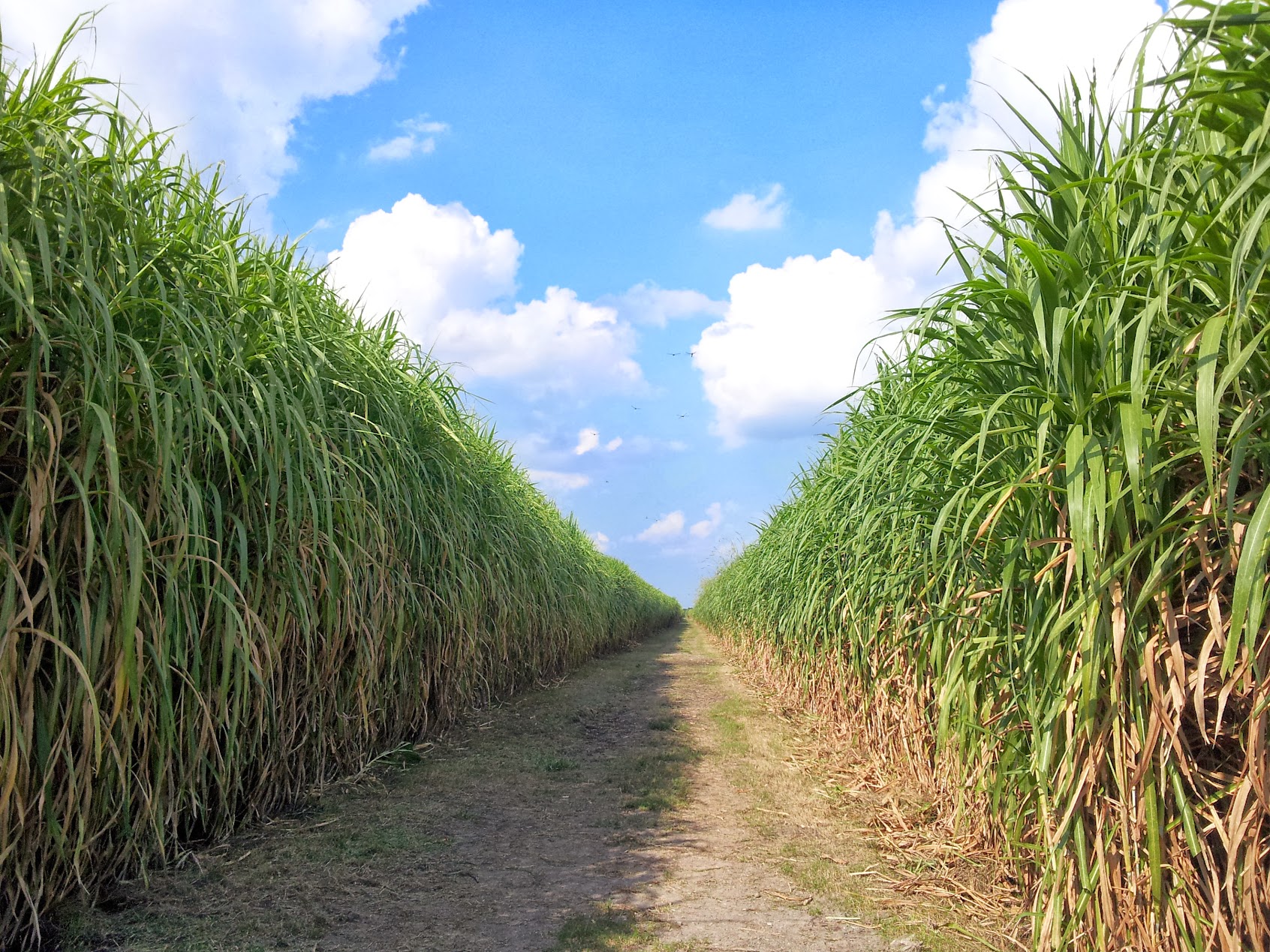Praise the Gourd
Cucurbitaceae family is the specie with the most food used for human consumption. The most common types are cucumber, bitter gourd, cucumbers and squash which are included in the production plan in Center for Bayanihan Economics. Using these crops in their cropping system, inter-cropped with other as companion crop to reduce pest infestation. But when pest can no longer be controlled, application of concoction performed by farmers and SAT (Sustainable Agriculture Technicians).
Roots of Energy
Development of root crops became an important aspect because they have a significant part in the cropping system and as they grow well they provide higher gross margins than cereals and legumes. They meet local food preference providing an important part of diet as they produce more edible energy. They also play an important role in food security, nutrition and climate change adaptation.
Peas Be With You
Legumes provide many benefits. They have multiple uses. Usually, they are utilized as cover crops and inter-cropped with cereals and other staple foods. The best known benefits of legumes is that in soil, it can improve soil porosity and structure, increase soil organic matter, recycle nutrients and diversify microorganisms. They are harvested as crops for human and animal consumption as well as used as pulp for paper production and oil production.
The Mountain’s Joy
Oregano is a popular herb from the mint family with a scientific name of Organum vulgare that has been a valuable part of both culinary and alternative medicine treatments foe along time. It is closely related to marjoram (another herb from the mint family, commonly known as cousin of oregano). The word oregano comes from the Greek, meaning “joy of the mountain”. Ancient Greeks believed that cows that grazed on fields of oregano produced tastier meat. This herb is commonly used in Italian cuisine but believed to be originated in Greece. Before, Greeks used the leaves to treat sores and aching muscles while Chinese doctors use this for centuries to relieve fever, vomiting, diarrhea and itchy skin.
The Frigid Crops
Cole crops or basically known as Brassica are crops that are well adapted to cool season production because they are quite cold resistant. These are members of Cruciferae (mustard) family which includes Chinese cabbage, broccoli Brussels, sprouts, cabbage and cauliflower.
Organic Ampalaya Production
This is a primer on organic ampalaya production published by UPLB-Institute of Plant Breeding and PCAARRD-DOST.
How to Prepare Organic Concoctions
This material presented the procedures on how to make the following organic inputs:1. Indigenous Microorganism (IMO)2. Fermented Plant Juice (FPJ)3. Fermented Fruit Juice (FFJ)4. Fermented Amino Acid (FAA)5. Oriental Herbal Nutrients (OHN)6. Calcium Phosphate (Ca Read more…
The Big Leap of Elephant Grass.
Napier is best grown in warm, tropical and subtropical regions. In the Philippines, it has shown itself well adapted to climate and soil. Farmers uses this grass as fodder crop. It is fed directly to cattle or made into sillage or hay. They also used this as an Integrated Pest Management (IPM) strategy. It is grown along the cro(in rows or borders) to reduce insect pest population. It is also used as fence or bordera for it is good at protecting main crops from too much wind. In marginal land and slopes, it is planted to increase soil fertility and reduce soil erosion. In Bacolor, Pampanga there’s a large plantation of “Super Napier” and they are using this to produce renewable electricity for their meat factory (Pampanga’s Best)
